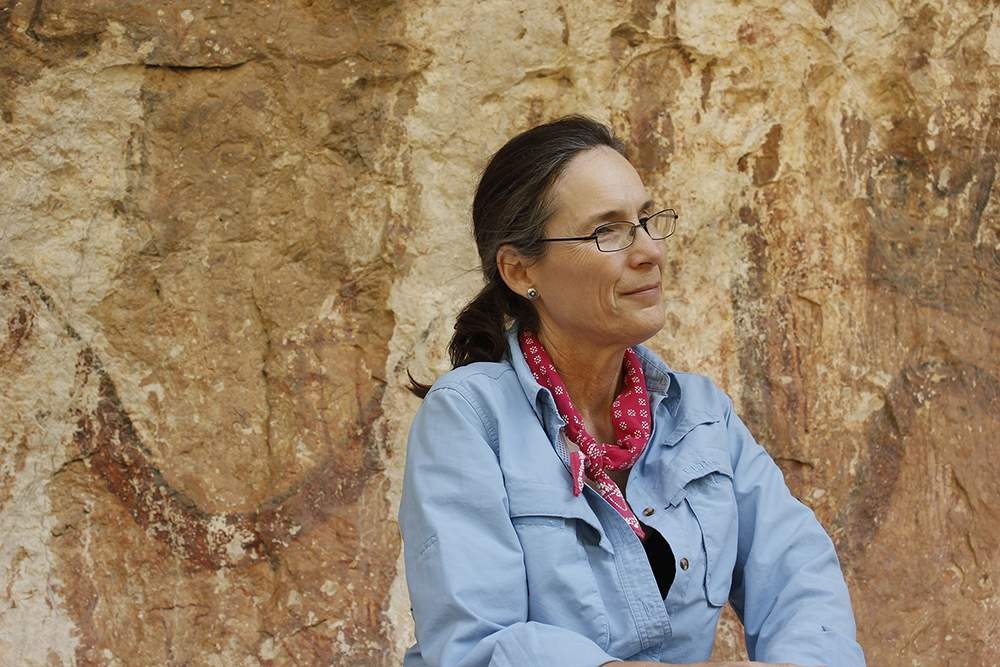Past Events
Interested in Cotsen events? Sign up for our mailing list.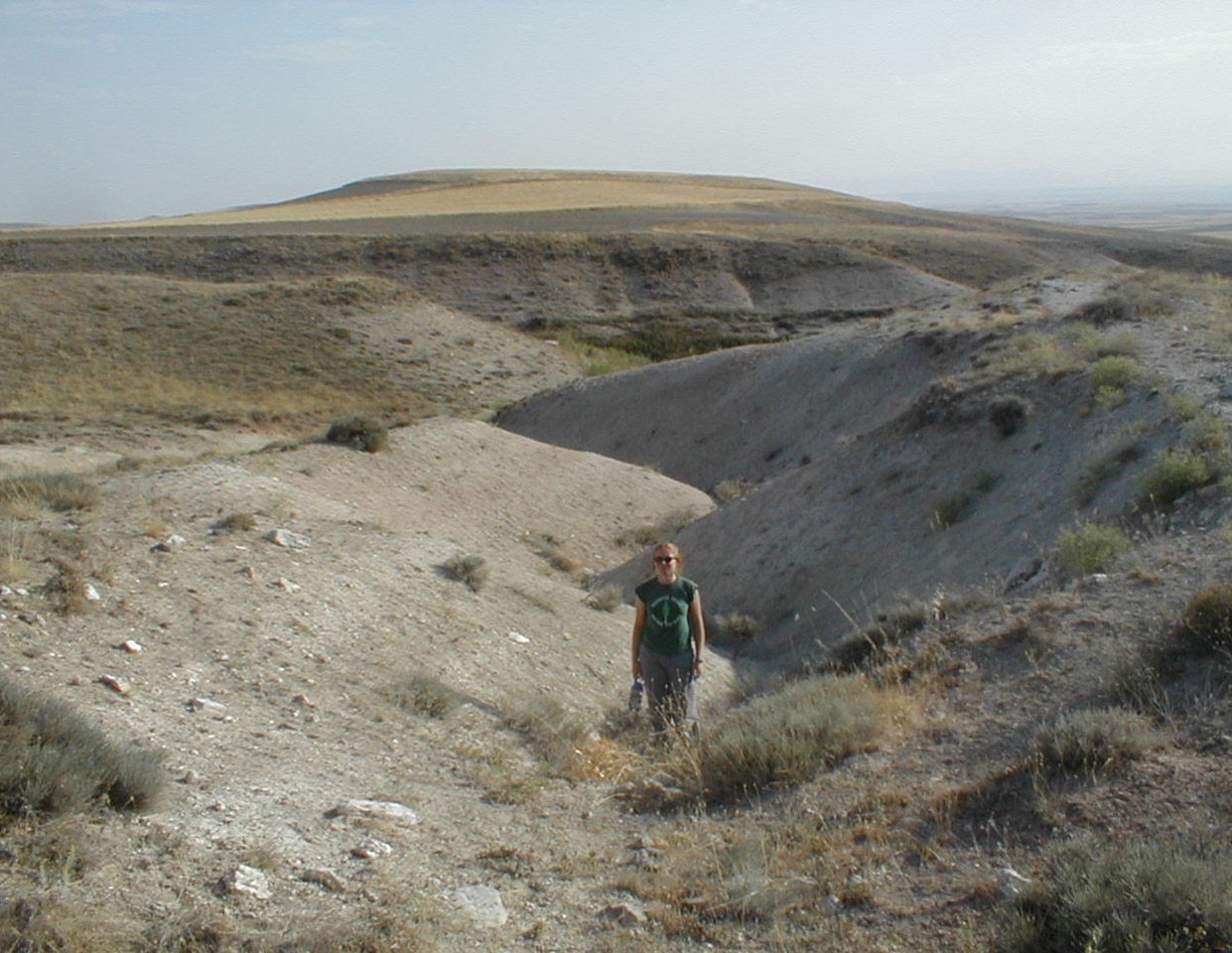
Dr. Lisa Kealhofer
Professor, Anthropology and Environmental Studies and Sciences, Santa Clara University
Abstract:
Archaeologists have often assumed that agricultural strategies are significant factors in altering environments. Narratives of societal collapse typically point to environmental degradation as an outcome of population increase or political breakdown. We use a version of Niche Construction Theory to interpret the timing and nature of landscape change around Gordion in central Anatolia over the last 5000 years. Recent work in the Gordion region by us and others demonstrates that major environmental change is only weakly connected to standard measures of agricultural intensification. Using detailed stream histories and survey-based settlement data, we show that the largest environmental changes predate significant settlement in small watersheds, while the largest regional-scale changes postdate high intensity settlement and land use. By integrating multiple lines of evidence, we identify and date both environmental perturbations and possible counteractive niche construction strategies associated with political centralization.
Contact Sumiji Takahashi
Email sutakahashi@ioa.ucla.edu
Phone 310-825-4169
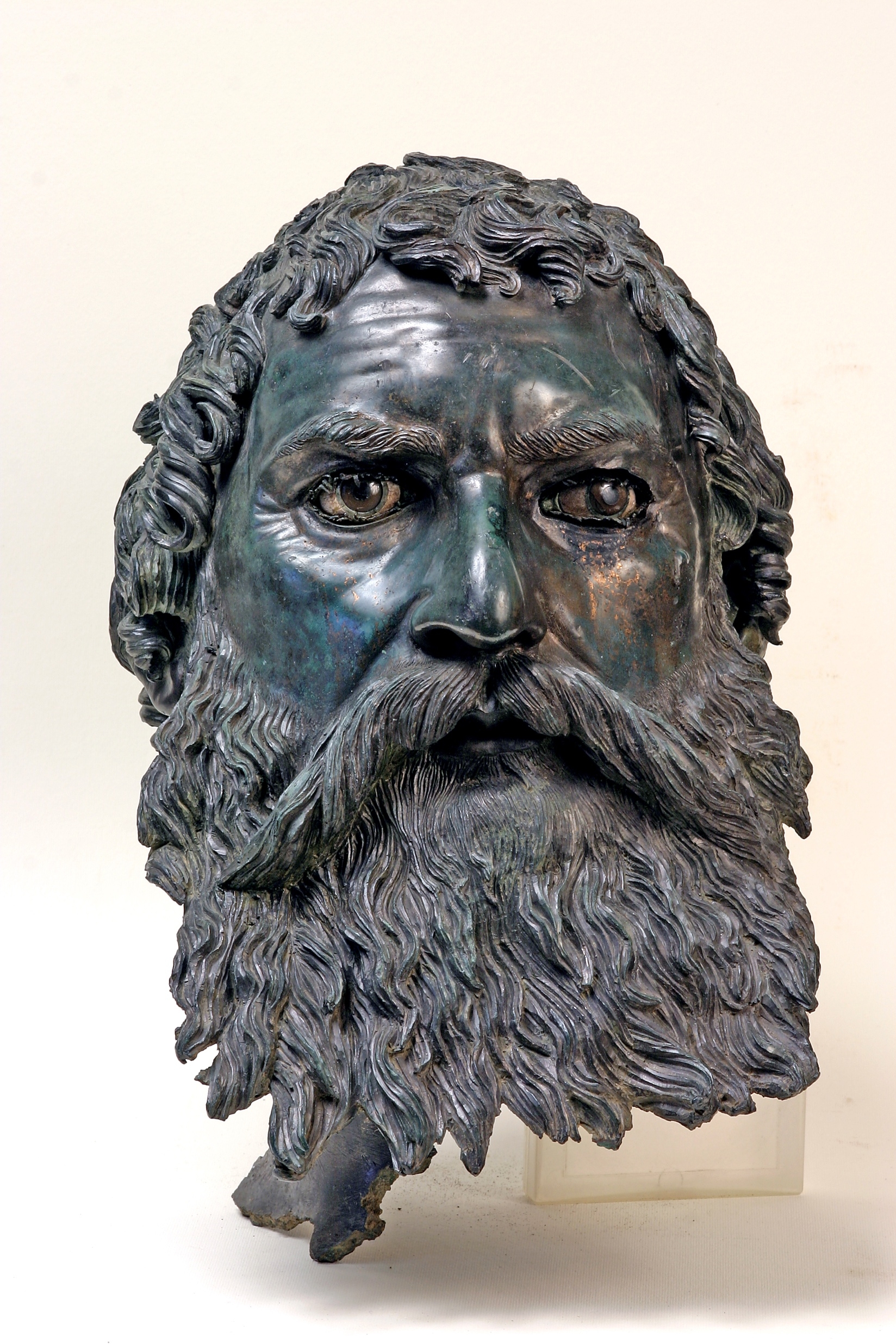
Ivan Vasilev
Founder and CEO
Balkan Heritage Foundation
ABSTRACT:
Occupying the eastern part of the Balkans along the Western Black Sea shore, Bulgaria has a rich and diverse archaeological heritage. Within its borders are the remains not only of the early humans and Neolithic farmers, but also of the arguably Europe’s oldest civilization dating to the 5th millennium BCE. A very significant share of the country’s archaeological heritage belongs to the civilizations of the ancient Thracians, Greeks, Macedonians and even Persians as well as Celts, Romans, Byzantines, medieval Bulgarians and Ottomans. The country has more than 150,000 registered archaeological sites, thousands of historic sites and millions of archaeological artifacts kept in around 300 museums and collections, which means Bulgaria ranks with Greece, Italy and France as Europe’s archaeologically richest countries.
Bulgaria’s archaeological heritage received the interest of European scholars in the second half of the 19th century, not much before the country received autonomy from the Ottoman Empire in 1878. However, the beginning of the archaeological investigation in the country dates to both decades around the turn of the century (1890s-1900s). It was encouraged and supported backed-up and triggered by the development of relevant research and museum infrastructure across the country. The National Archaeological Museum was established in 1892 and the Bulgarian Archaeological Society (later National Archaeological Institute) was established in 1901.
Archaeologists have been unearthing the evidence about the past of these lands for more than a century. The current presentation will review their greatest achievements and discoveries while introducing the country’s rich potential for research. It will start with a review of the finds from Kozarnika Cave - one of the earliest Paleolithic sites in Europe, the “world’s oldest gold” found in Varna and the richest collection of Attic vases outside Athens. Then it will highlight treasures and tombs of Thracian royalty along with important monuments and cities of ancient Greeks, Romans, Byzantines and medieval Bulgarians.
Contact Sumiji Takahashi
Email sutakahashi@ioa.ucla.edu
Phone 310-825-4169
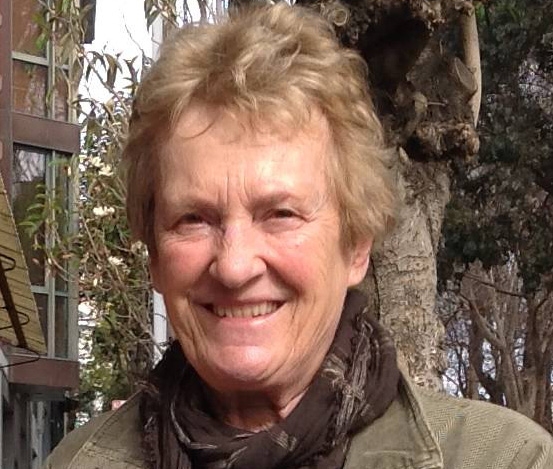
Dr. Ruth Tringham
Professor
Graduate School (Anthropology)
UC Berkeley
ABSTRACT:
This presentation describes a path to addressing the discomfort that I and many of my braver colleagues have had when putting words into the mouths and heads of prehistoric actors, knowing that these words say more about us than they do about prehistory. Yet without such speech, how are we archaeologists and the broader public to imagine the intangibles of the deep past (emotions, affect, gender, senses)? Moreover, such words create a misleading certainty that conceals the ambiguities of archaeological data. Are there alternative options to verbal and vocal clarity when creating imagined fictive narratives about the past? With inspiration from composer Györgi Ligeti, from linguists and experimental psychologists, and from ASMR performers, I explore the emotive power of vocal non-verbal interjections and utterances that have more universality and less cultural baggage, using them in three diverse remediations of digital media from three prehistoric archaeological contexts in Europe and Anatolia.
Contact Sumiji Takahashi
Email sutakahashi@ioa.ucla.edu
Phone 310-825-4169
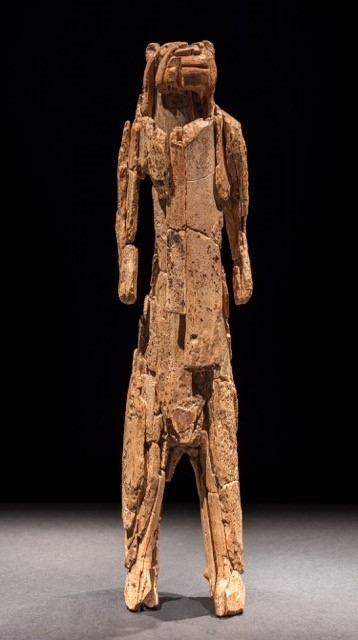
Dr. Avinoam Shalem
Department of Art History and Archaeology
Columbia University
Abstract:
In this lecture, I would like to challenge the specific art historians’ interest in the question of the earliest and the first-in-sequence work of art. My inquiry does not aim at disregarding this query as a legitimate one or criticizing the art historian’s obsession with this mode of investigation. On the contrary, I would like to ponder on the benefit that art historians gain from locating specific art works as the earliest or the first of their kind. Moreover, I would like to disclose the historical trajectory of this method, namely the first medieval scholarly quests for defining and demarcating the earliest. Thus, my aim is to set this mode of research in its historical context and, hopefully, raise further critical points about our regarding of this approach as scholarly method, for its bad and good reasons alike.
Contact Sumiji Takahashi
Email sutakahashi@ioa.ucla.edu
Phone 310-825-4169
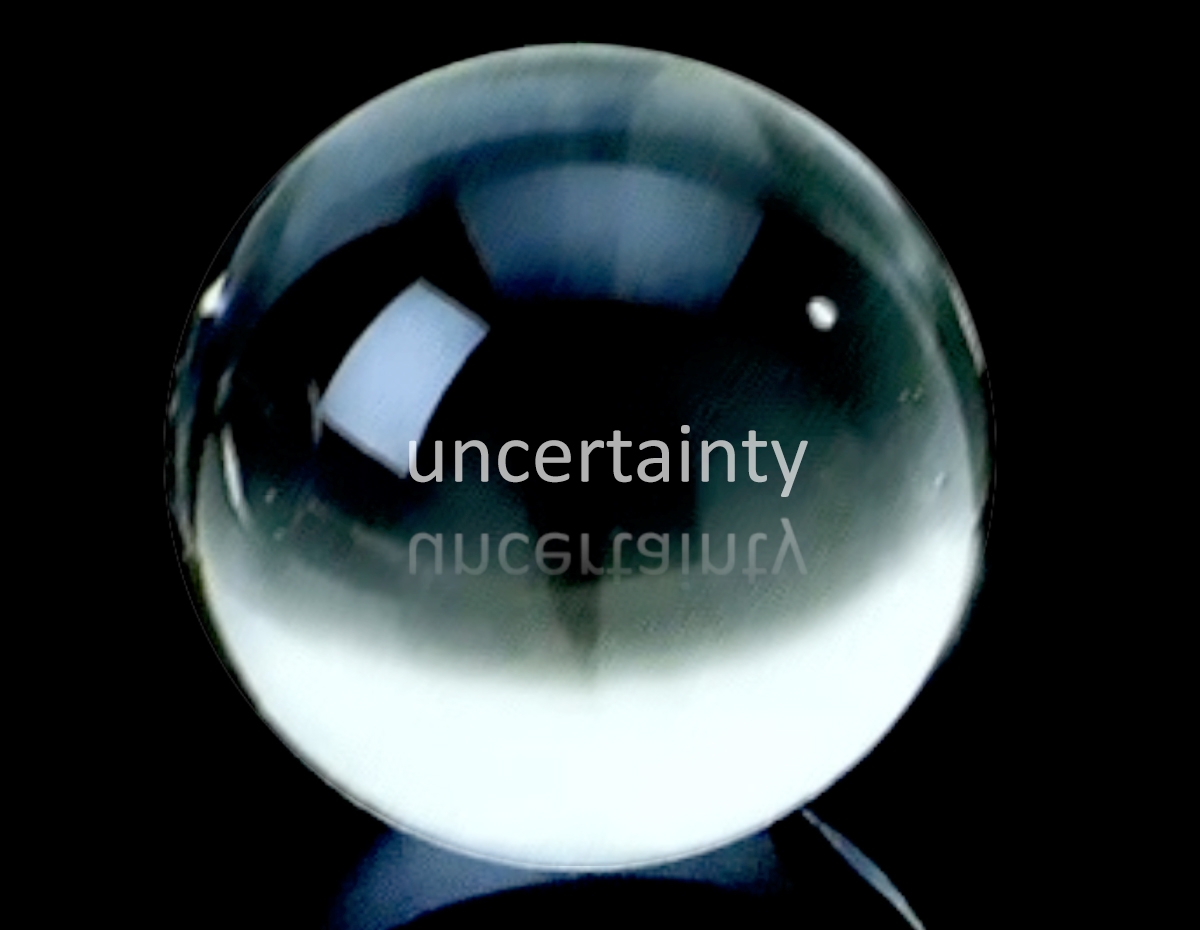
Dr. Jonathan Ashley-Smith
Getty Conservation Guest Scholar
Abstract:
This presentation will discuss the inevitability of prediction in conservation activities.
Routine activities such as condition assessment and risk assessment rely on the ability to
predict future environments and future physical and chemical states of objects. Yet for the
results to be useful they have to be presented as positive statements that hide the huge
uncertainties in such predictions. Codes of conservation ethics imply predictions about the
future behaviours of people and objects. Despite the inherent uncertainties of such
predictions, such codes have become the bedrock of the conservation profession.
Contact Sumiji Takahashi
Email sutakahashi@ioa.ucla.edu
Phone 310-825-4169
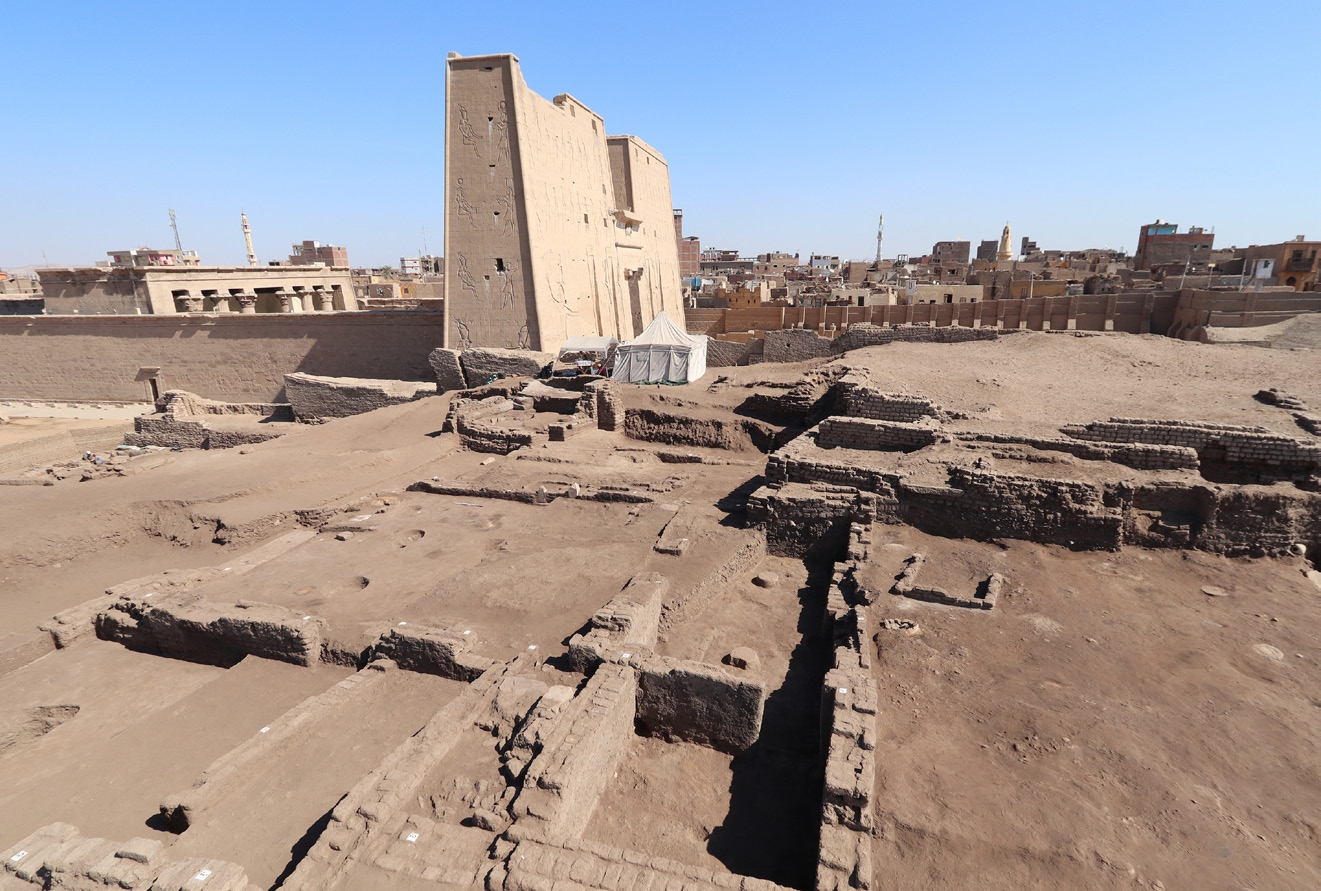
Nadine Moeller
Associate Professor of Egyptian Archaeology
University of Chicago
Abstract:
The ongoing excavations by the Oriental Institute team directed by Nadine Moeller and Gregory Marouard have during the most recent seasons focused on settlement remains dating to the Old Kingdom. Located 20 m to the west of the much later Ptolemaic temple of Horus of Edfu, excavations revealed several phases of domestic installations from the second part of the 6th Dynasty that covered an older administrative complex with several massive mudbrick structures dating to the late 5th Dynasty that had been installed directly onto the natural Nile sand deposits in an area never settled before that date. Based on their size, architectural details and related finds, the two large buildings are of official nature and constitute a newly founded settlement quarter in the ancient town of Behdet (Edfu). Among the finds are more than 220 clay sealings naming king Djedkare-Isesi (late 5th Dynasty, ca. 2434 BC), in addition to official titles that regularly mention a group of specialized workers involved in prospection and mining activities, the so-called sementiu. Additional finds such as numerous pieces of copper ore, important traces of metallurgical activities, Red Sea shells and a significant amount of Nubian ceramics found on the floor levels during the excavation further confirm the link to royal expeditions and mining activities in the Eastern desert areas.
The second area that has been the focus of fieldwork since November 2018 provided new evidence for a vast domestic quarter dating to the beginning of 18th Dynasty. Excavations have focused on a large urban villa of about 400 square-meters, which dates from the early Thutmoside period (ca. 1500-1450 BCE). This building is characterized by several rooms with columns. The largest and main room, a 6-columned hall, contained in one of its corners a well-preserved domestic sanctuary dedicated to the cult of the family ancestors. Numerous elements attesting to the cult activity have been found near a small fire place and offering table, including a very rare example of an ancestor bust and a statuette of a seated scribe
Contact Sumiji Takahashi
Email sutakahashi@ioa.ucla.edu
Phone 310-825-4169
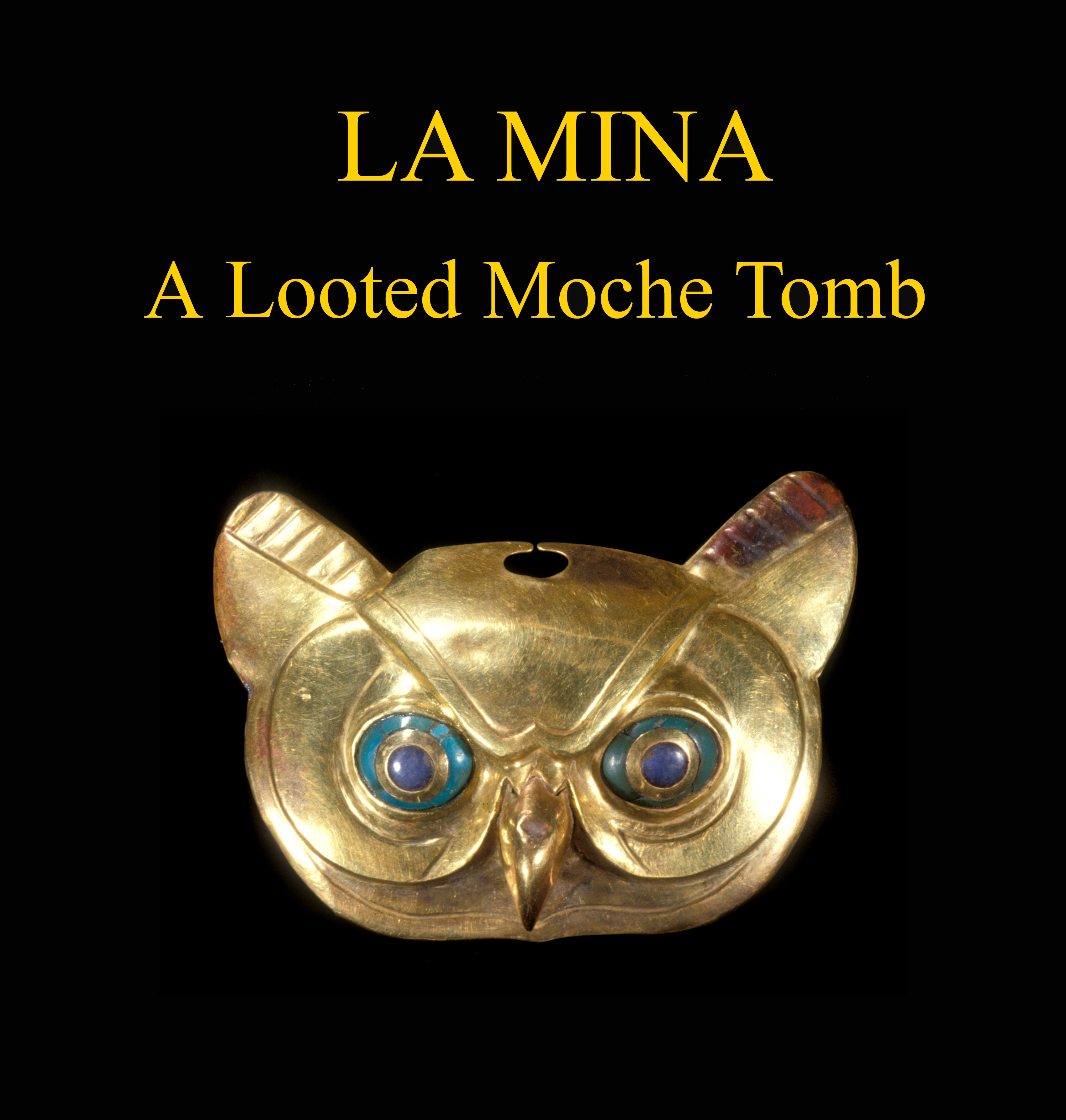
Christopher Donnan, Ph.D.
UCLA Professor Emeritus
Abstract:
This talk focuses on an extraordinarily rich Moche tomb that was looted on the north coast of Peru, the efforts that were made to record the objects that came from it, and how it was possible to learn about its location, construction, and embellishment.
Contact
Email sutakahashi@ioa.ucla.edu
Phone 310-825-4169
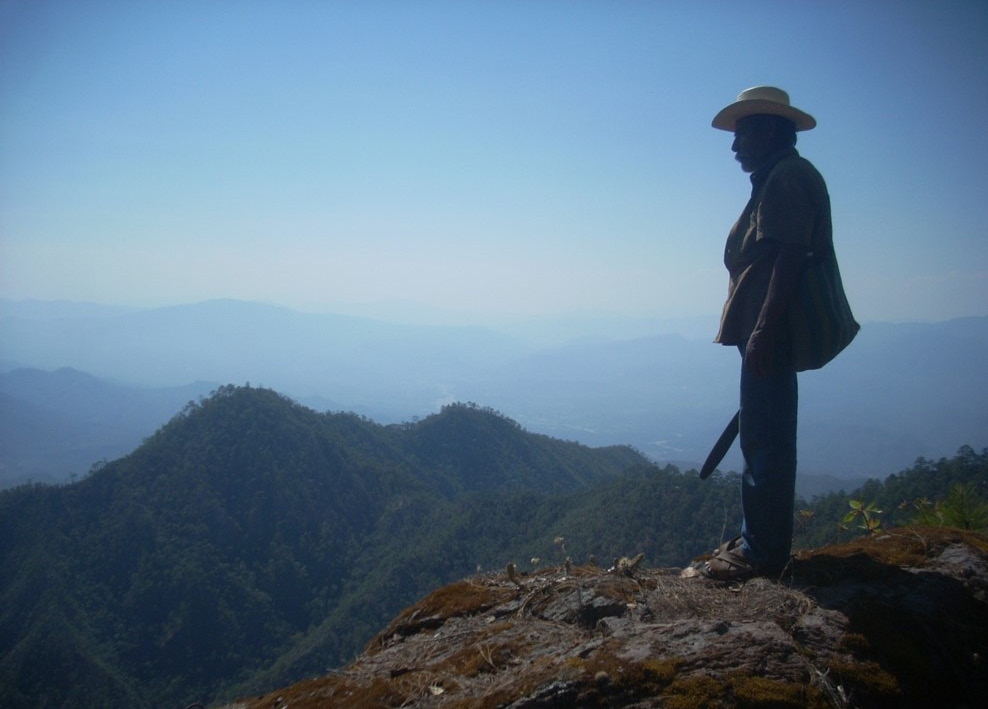
Dr. Stacie King
Associate Professor of Anthropology
Associate Faculty for the Center for
Latin American and Caribbean Studies
Indiana University Bloomington
Abstract:
This talk explores the challenges that ethnonyms create when trying to reconstruct
histories of multiethnic landscapes in the ancient world. My larger project in the Nejapa
region of Oaxaca, Mexico addresses various aspects of conquest and colonialism along
interegional trade routes, including identifying fortresses in mountain landscapes, the
meaning of unoccupied land, the relationships entailed by trade and exchange, and
reconciling archival documents, oral history, and archaeology. In this talk, I use my work
to demonstrate how ethnonyms have pervaded interpretations of the past, archaeological
reconstructions, and Colonial period registers, such that it remains difficult to envision a
different kind of thriving, multiethnic world. Taken together, archaeological data, archival
information, and oral history from rural multiethnic Nejapa, Oaxaca show us that
different indigenous communities across this landscape experienced Aztec, Zapotec, and
Spanish conquests and colonialisms differently between the years A.D. 1350 and 1650, and
that these differences do not fit well with traditional reconstructions of Nejapa’s
indigenous ethnic groups (Mixe, Chontal, and Zapotec). Instead, the data complicate
entrenched notions of ethnicity and challenge their basic formulation. The long-standing
multiethnic past of ancient Nejapa set the stage for a different form of indigeneity that
Nejapa’s resident experience in the present.
Contact Sumiji Takahashi
Email sutakahashi@ioa.ucla.edu
Phone 310-825-4169
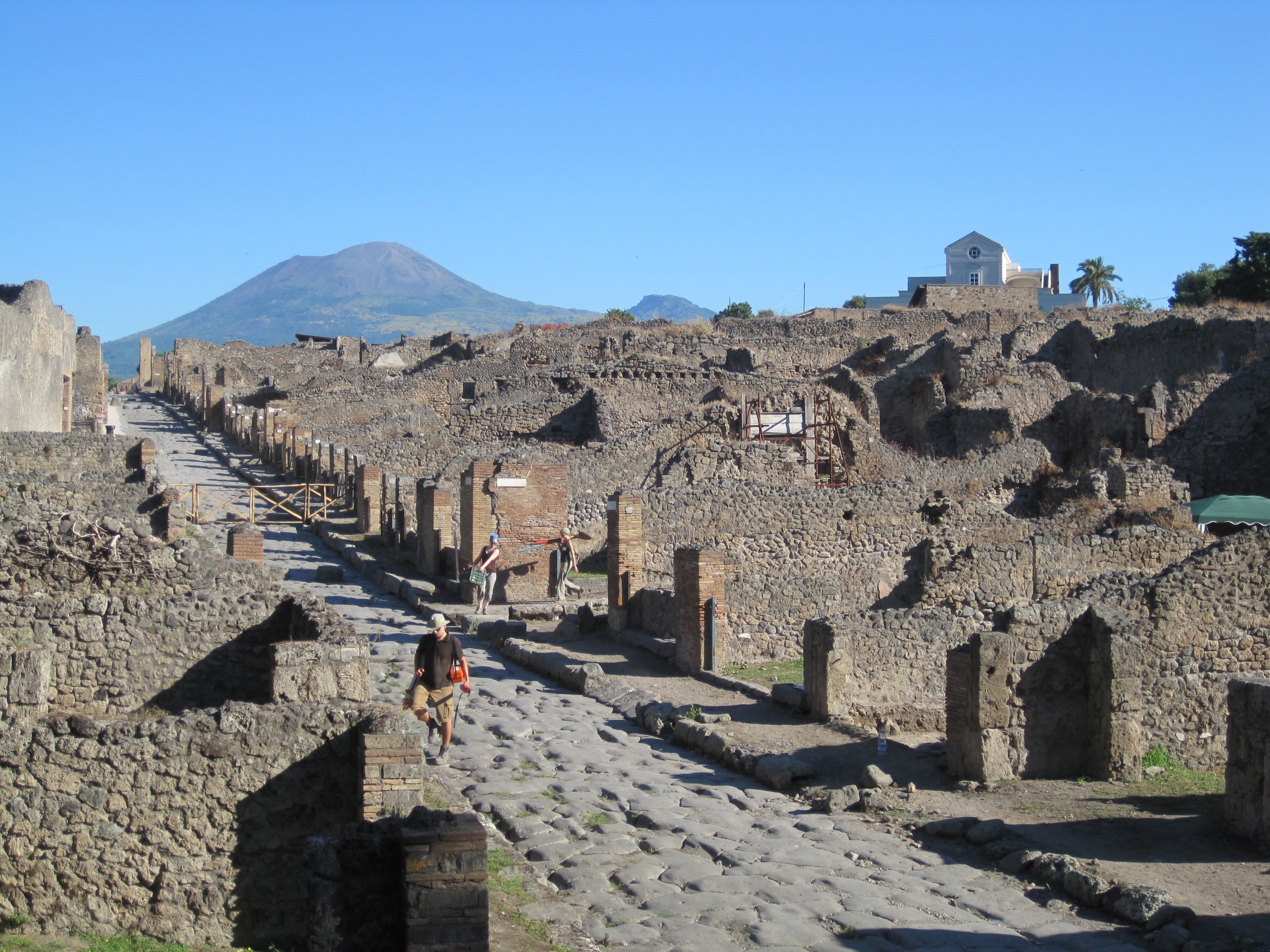 Dr. Leigh Lieberman
Dr. Leigh Lieberman
Department of History
Claremont McKenna College
Abstract
In recent years, the study of ancient artifacts has moved beyond straightforward typologies, descriptions, and quantifications. New approaches to the analysis of material culture - including methods of geospatial referencing, artifact agency, object biography, and statistical analysis of large datasets - have drawn attention to the myriad ways in which objects could be used and reused, deposited and redeposited in the ancient world. These new approaches have consequently given new life to materials that have been long overlooked in busy storerooms, from iron nails to loom weights, from ceramic wasters to unidentifiable coins. However, no matter the classification method, scholars still by and large fail to situate all the artifacts from a site fully within their archaeological contexts, a term that is frequently discussed in published reports but often thoroughly misunderstood. In both excavation publications and museum displays, the intended use of an object is almost always prioritized when in fact a contextual approach to the study and presentation of artifacts and assemblages can better illustrate the multiple, varied roles that objects served in the ancient world.
As the Manager of Data and Information Resources for the University of Cincinnati's Pompeii Archaeological Research Project: Porta Stabia (PARP:PS), the Data Supervisor for the American Excavations at Morgantina: Contrada Agnese Project (AEM:CAP), and the Head of Materials for the University of Cincinnati’s Tharros Archaeological Research Project (TARP), I have facilitated the development of a robust data organizational scheme that guides our innovative approach to material culture. I argue that by prioritizing context in the analysis of artifacts and assemblages, we can come to a more nuanced interpretation of how everyday objects were used, discarded, and recycled in urban spaces in antiquity. In my presentation, I’ll be highlighting some of the important lessons that I have learned along the way.
Contact
Email sutakahashi@ioa.ucla.edu
Phone 310-825-4169
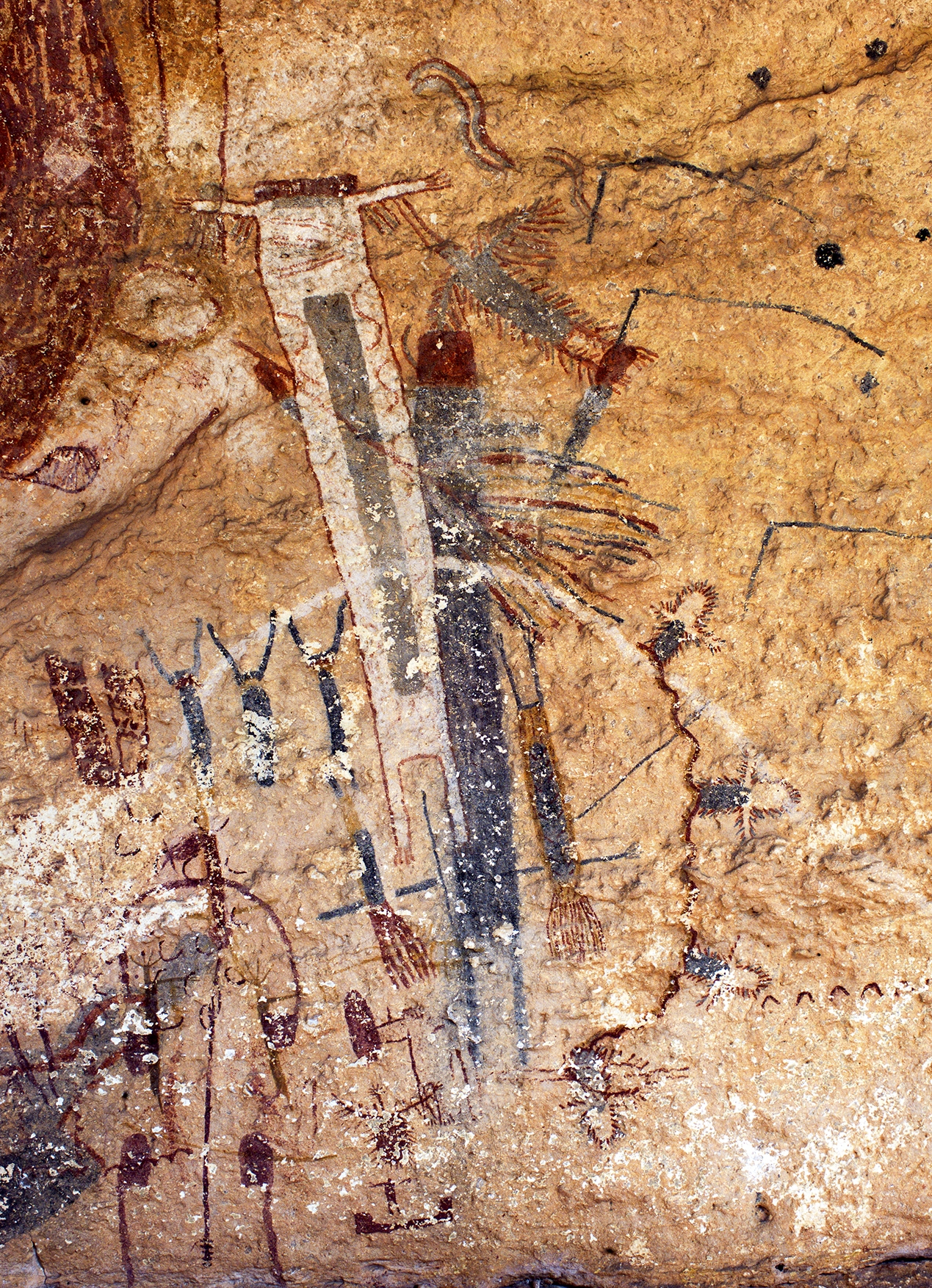 The Lower Pecos Canyonlands of southwest Texas and Coahuila, Mexico house some of the most spectacularly complex rock art of the ancient world. Approximately 4000 years ago, hunter-gatherers began transforming this region into a painted landscape. Perhaps the greatest of these masterpieces is the White Shaman mural, an intricate Pecos River style painting that spans twenty-six feet in length and thirteen feet in height. Drawing on twenty-five years of archaeological research, as well as insight from ethnohistory and art history, Carolyn Boyd identifies patterns in the art that relate, in stunning detail, to the mythologies of Uto-Aztecan speaking peoples, including the Aztec and the contemporary Huichol. Analysis of these patterns led to the identification of the White Shaman mural as an ancient visual narrative relating a story of the birth of the sun and the beginning of time.
The Lower Pecos Canyonlands of southwest Texas and Coahuila, Mexico house some of the most spectacularly complex rock art of the ancient world. Approximately 4000 years ago, hunter-gatherers began transforming this region into a painted landscape. Perhaps the greatest of these masterpieces is the White Shaman mural, an intricate Pecos River style painting that spans twenty-six feet in length and thirteen feet in height. Drawing on twenty-five years of archaeological research, as well as insight from ethnohistory and art history, Carolyn Boyd identifies patterns in the art that relate, in stunning detail, to the mythologies of Uto-Aztecan speaking peoples, including the Aztec and the contemporary Huichol. Analysis of these patterns led to the identification of the White Shaman mural as an ancient visual narrative relating a story of the birth of the sun and the beginning of time.
California NanoSystems Institute at UCLA
570 Westwood Plaza Building 114
Los Angeles, CA 90095
Reception on Tuesday, February 12, 2019 at 6:00pm with the program at 7:00pm
Carolyn E. Boyd, Ph.D.
Founder of Shumla Archaeological Research & Education Center
Research Professor at Texas State
Contact Michelle Jacobson
Email mjacobson@ioa.ucla.edu
Phone
- ‹ previous
- 28 of 49
- next ›



